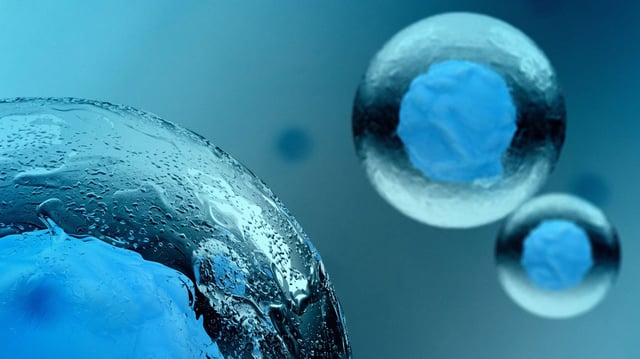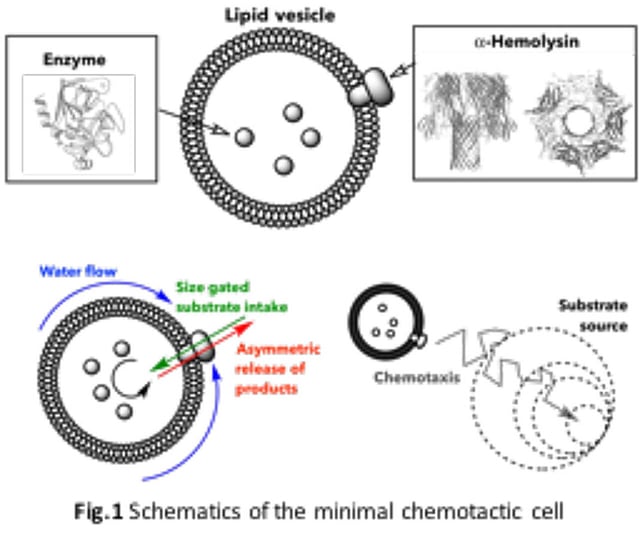Overview
- IBEC researchers published their results in Science Advances on July 25, experimentally validating chemotaxis in the simplest artificial cells to date.
- Each synthetic cell comprises a lipid vesicle encapsulating either glucose oxidase or urease alongside a single membrane pore to isolate core chemotactic mechanisms.
- Symmetry breaking from enzyme-driven reactions and pore-mediated exchange generates localized fluid flows that propel vesicles toward higher substrate concentrations.
- Analysis of over 10,000 vesicles in microfluidic glucose and urea gradients showed that increasing pore numbers amplifies directional motion, even reversing passive drift.
- The findings establish a minimal model for cellular navigation, offering insights into early evolutionary behaviors and guiding developments in targeted delivery and smart materials.


